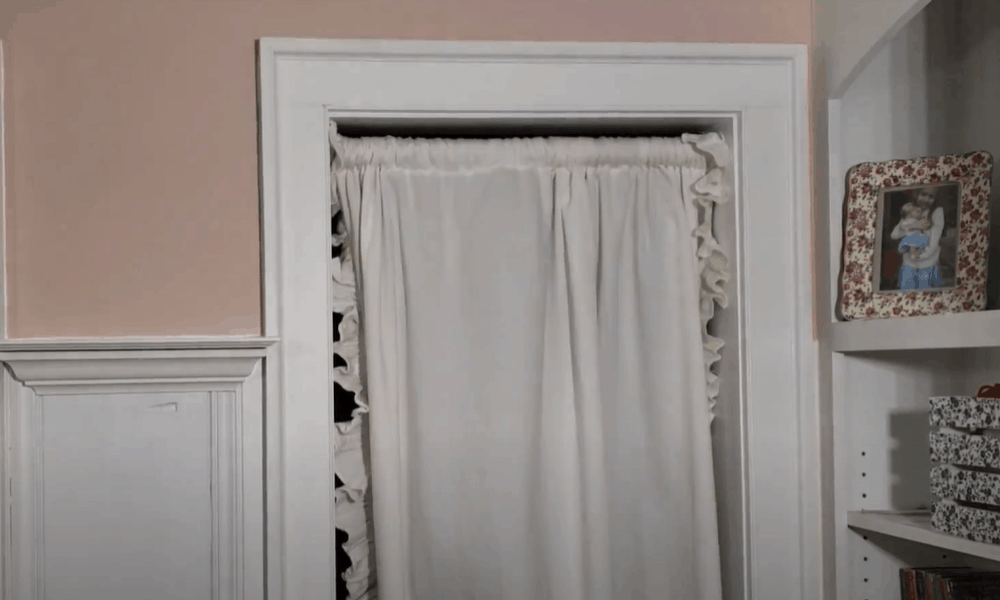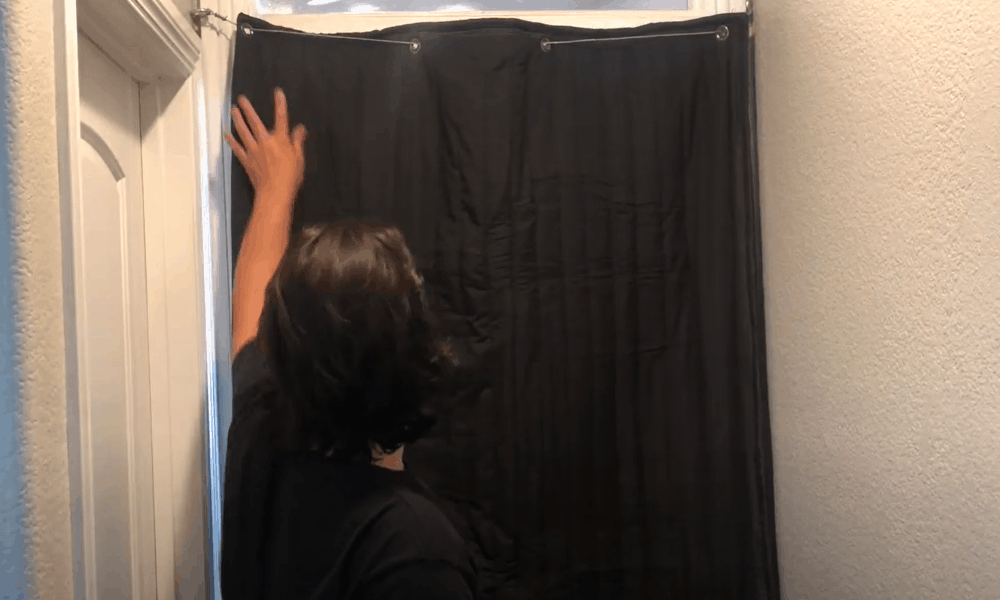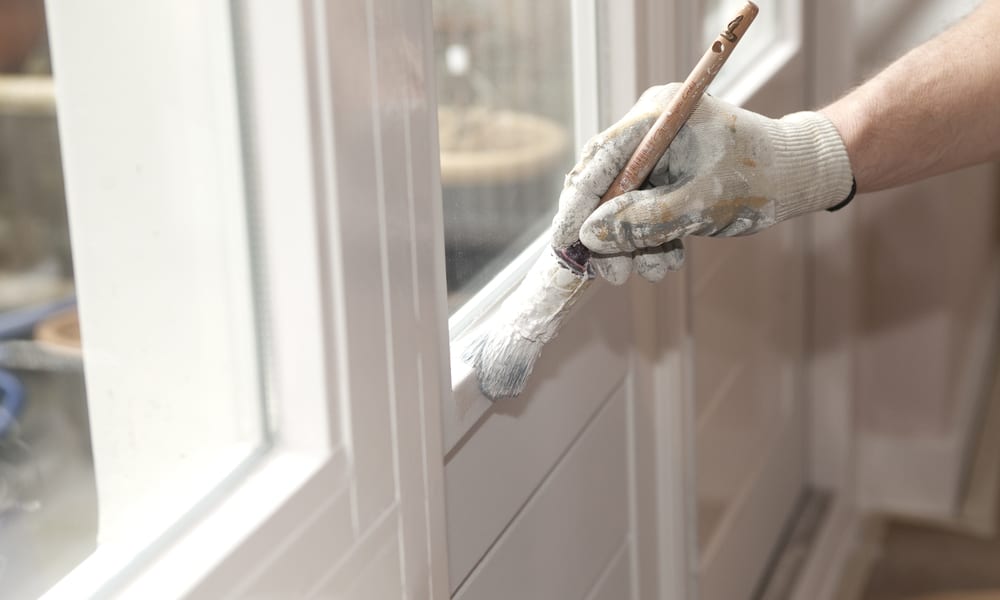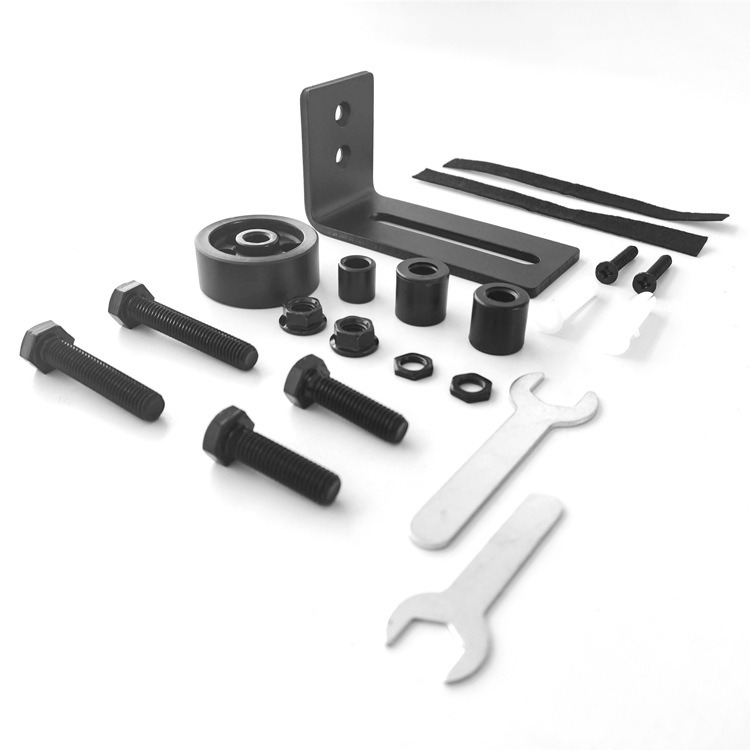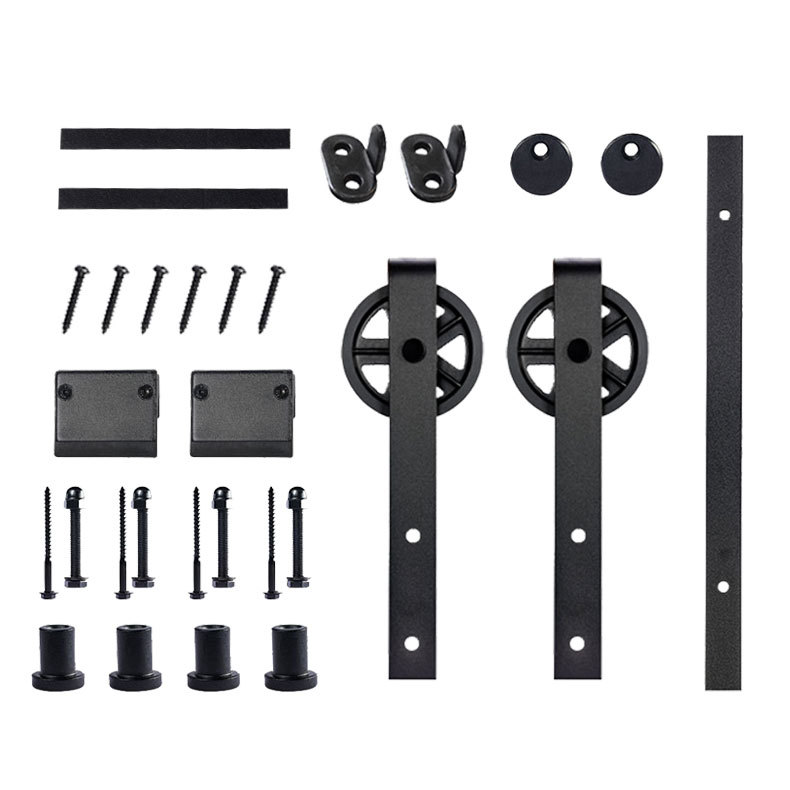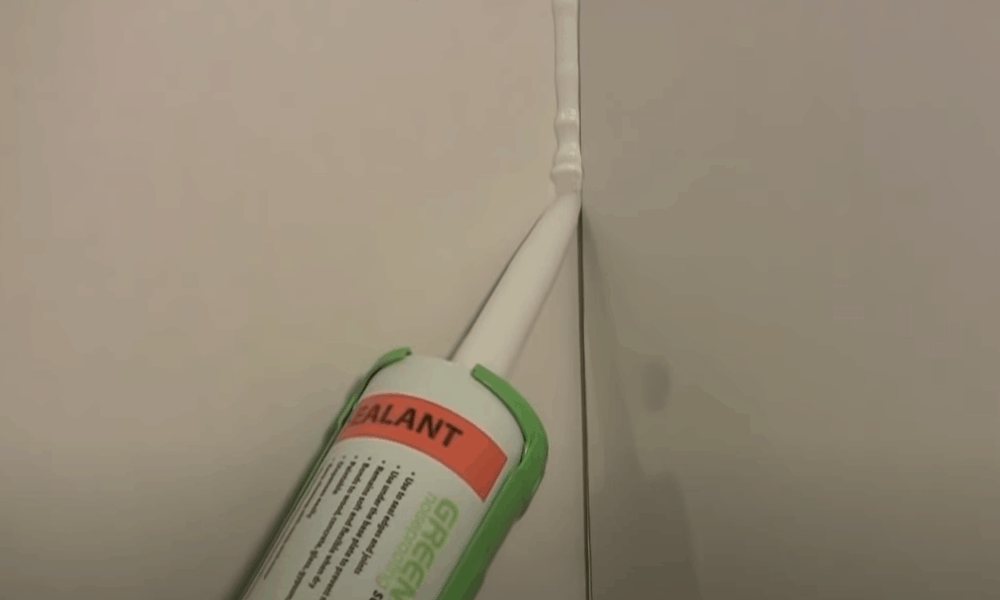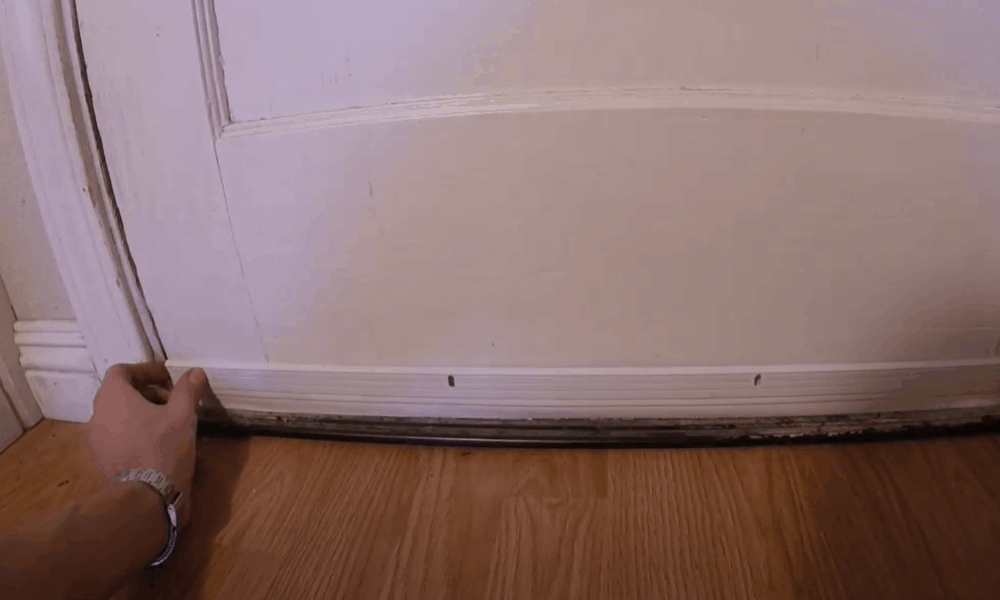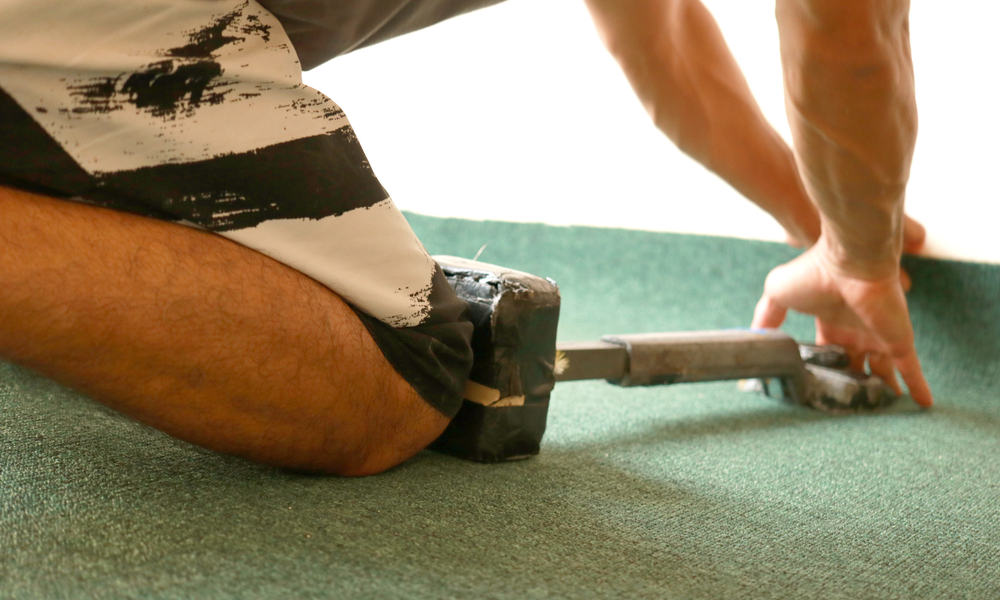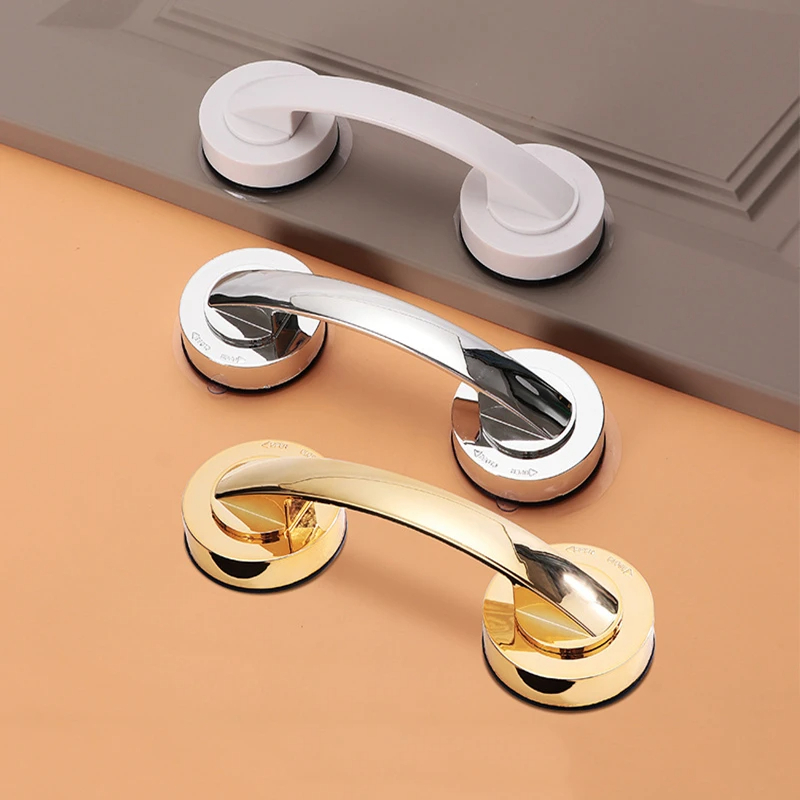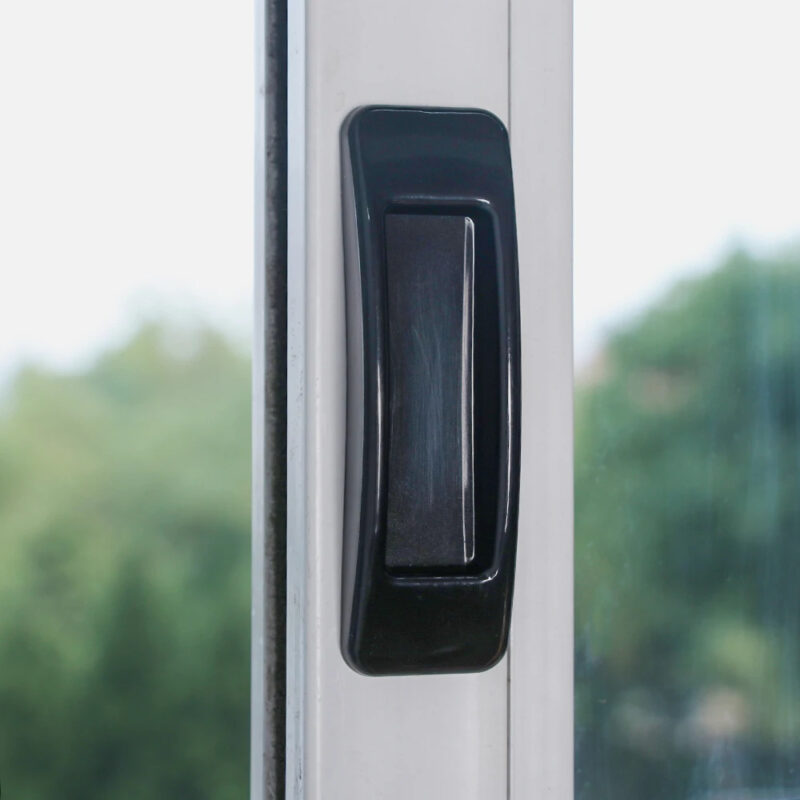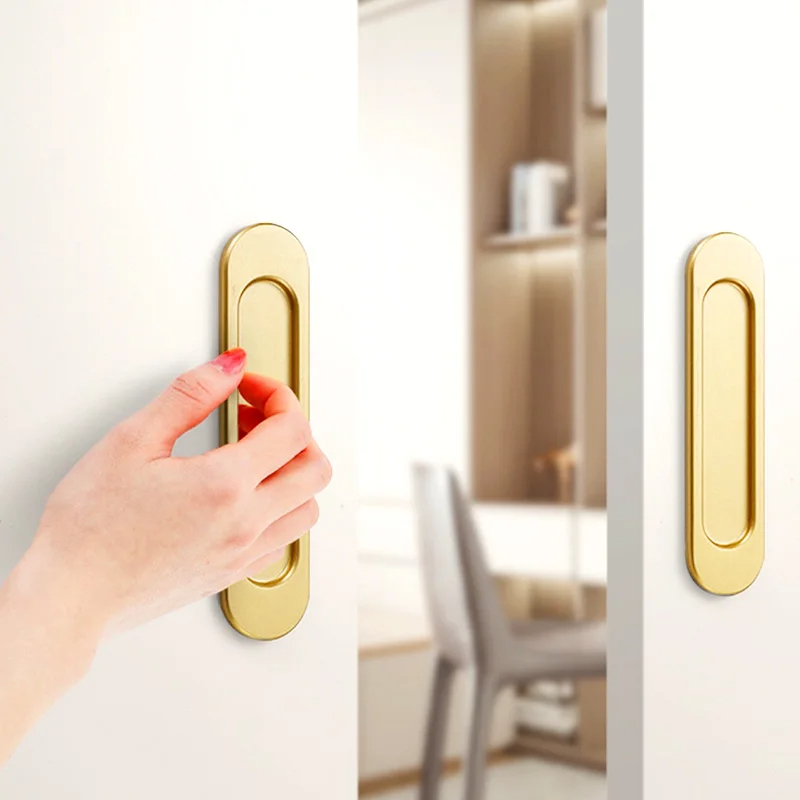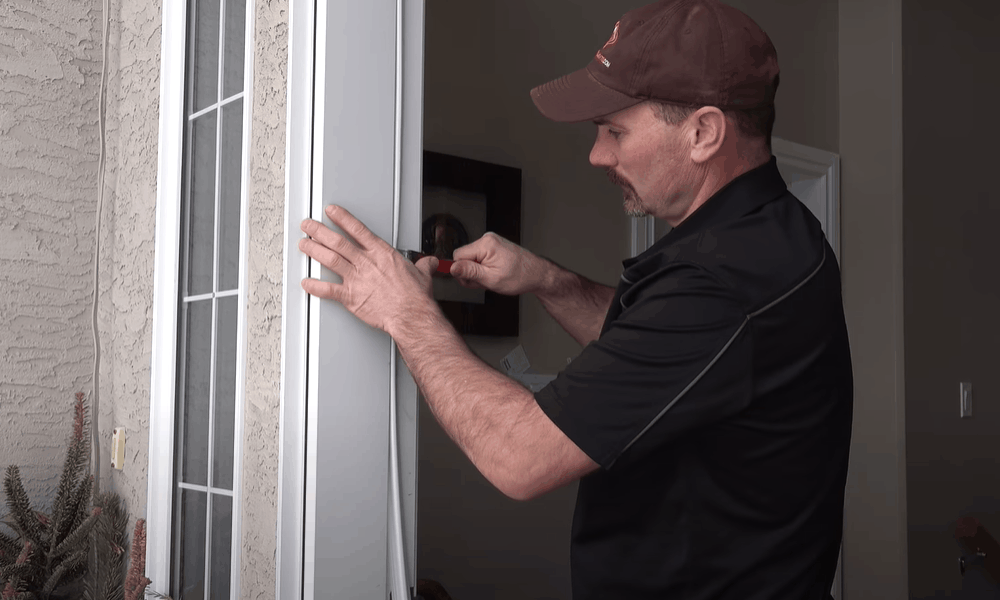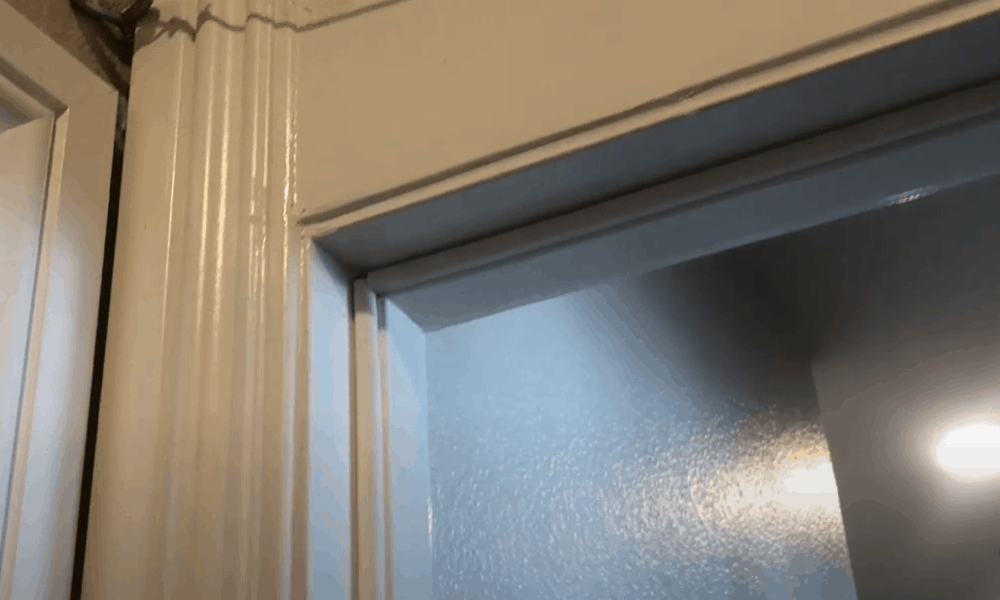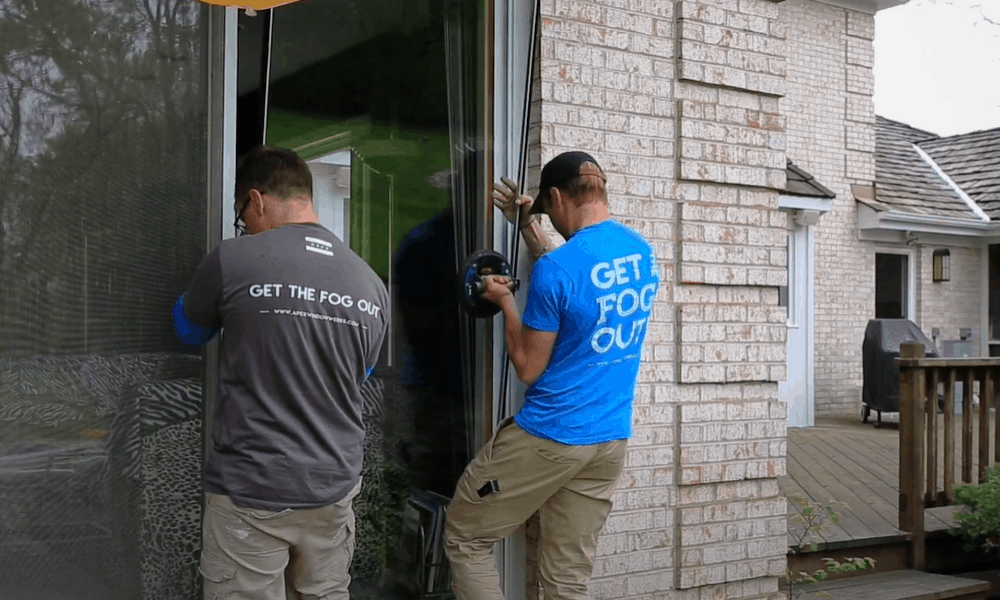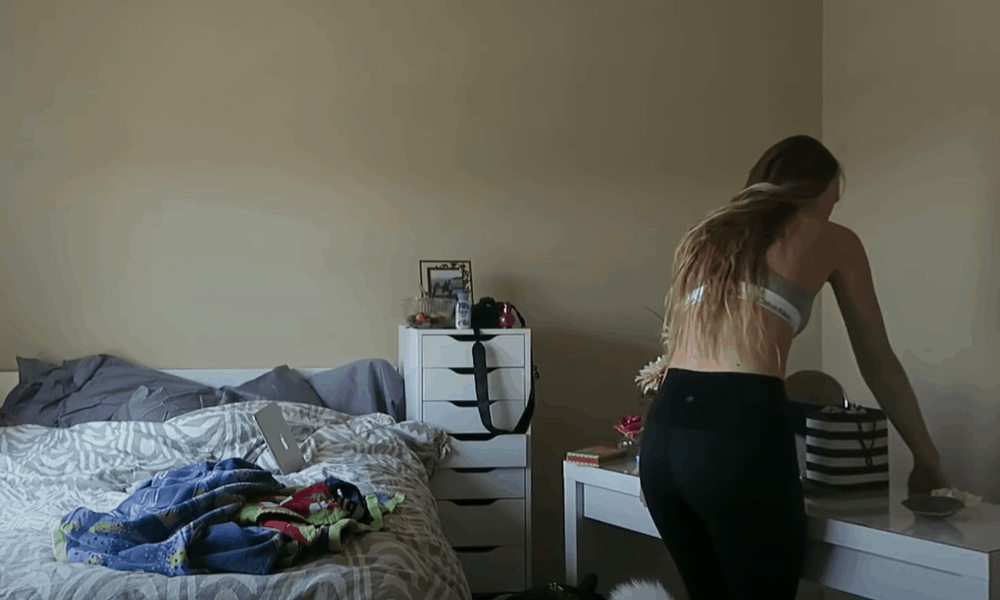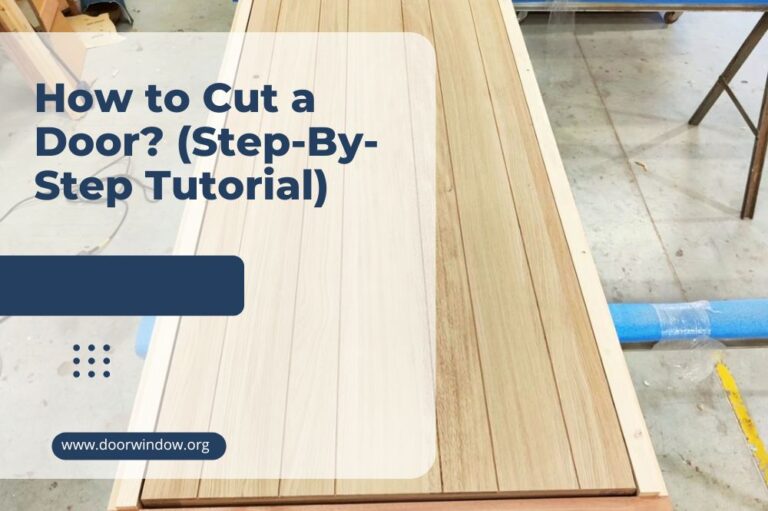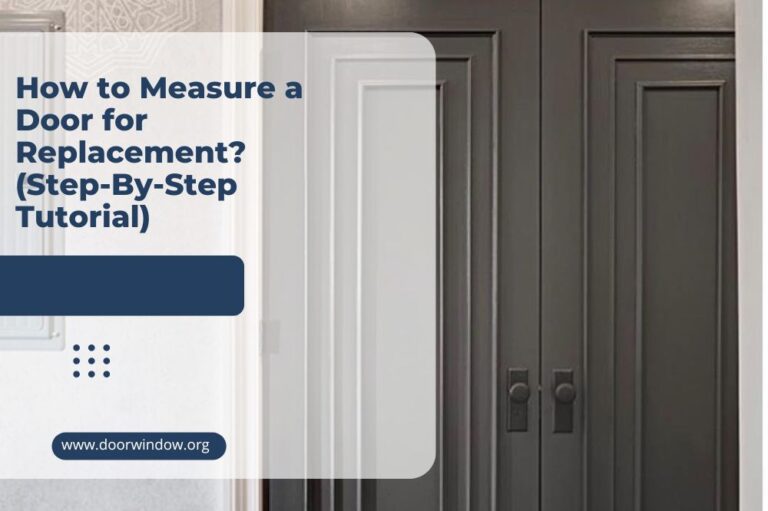How to Soundproof a Door? (Step-By-Step Tutorial)

If you’re desperate to get some peace and quiet, soundproofing could be the answer. And when it comes to where to focus, doors are a major culprit for leaking noise. Search for a soundproof door, though, and you’ll find they’re very expensive.
Fortunately, there are other options. And the good news is, you don’t need to bankrupt yourself to block out the noise! Read on for eleven ways to soundproof a door without spending a fortune.
how to soundproof a door?
1. Add a curtain
Changing the surface of the door is a great way to prevent sound coming through. One of the easiest ways to do that can also be one of the most attractive – adding a curtain.
You’ll want something in a heavy fabric that will help block those sound waves. You can even buy acoustic drapes that are specifically designed for this purpose. Or if you’re not too concerned about aesthetics, the blankets removals firms use to wrap up furniture work brilliantly.
Install your curtain rod above your door, making sure there’s plenty of rod on either side. You want to be able to push your curtain right back so it doesn’t impede people coming in and out.
When you’re inside, pull the curtain across the door to reduce the sound. You won’t need to do anything more onerous than fixing up the curtain rod. And if you’re renting, you’ll just have a few holes to fill above the door when you move out.
This option also gives you room for some creativity. Choose a color and pattern that will coordinate with your home décor.
As well as keeping out noise, your curtain will also help stop drafts so your room stays cozy.
2. Use rubber or foam tiles
If you’ve got the freedom to alter your door, acoustic tiles are a good option. Interlocking ones are available at most hardware stores.
If those are too pricey, another option is to use rubber floor tiles. They’re more economical, but you won’t get the same level of sound reduction.
Depending on the type of tile you’ve got, you can attach them with staples, glue, or screws.
But if you have a landlord to worry about, don’t despair. Another option is to use self-adhesive Velcro pads. Just place one pad in an unobtrusive corner of your door and peel it off again. Take a close look to check that it hasn’t damaged the surface. If it hasn’t, go ahead and use it to attach the tiles.
Soundproofing tiles have different acoustic ratings, so check the rating on offer before you buy. The more effective they are at blocking out noise, the more you can expect to pay.
Bear in mind that tiles won’t cover any gaps between your door and the door frame and floor. If this is the option you go for, you may want to use it in conjunction with a door sweep. There’s more on this below.
3. Paint your door with acoustic paint
Yes, it’s possible to buy sound-absorbing paint. It’s thicker than standard paint, and you’ll need to apply several coats for maximum sound absorption. Expect to need to leave longer between coats than with standard paint for it to dry thoroughly.
You might be surprised to hear that something as thin as paint can be very effective at blocking noise. It won’t stop it completely, but you can expect a reduction of around 30 percent.
Make sure you read the instructions for the product you choose carefully. In some cases, there are separate products for the base and topcoats. Make sure you get both to complete your project.
And check the recommended application method too. Some paints are designed to be used with a spray kit.
For a coherent design scheme, choose a color that’s as close as possible to your other doors. Alternatively, give your door a final coat in standard paint to tie together your look.
4. Install a vinyl barrier
If you’re prepared to spend a bit more cash, consider a mass-loaded vinyl – or MPV – barrier. This is a thick piece of vinyl that you cut to size and stick to your door with construction adhesive.
You can find it in some music stores, or take a look online. As with acoustic tiles, it’s available in different acoustic ratings. The higher the rating, the more expensive the vinyl – and the heavier it will be to hang on your door.
MLV is great at blocking sound, but like tiles or paint, you’ll be applying it to the door. It won’t cover any gaps between the door and the frame, so noise will still leak through those. If that’s a problem, consider using this in conjunction with a sealant or door sweep.
Which brings us neatly onto our next option…
5. Fill gaps with acoustic caulk
Even a good thick door can let in noise if it doesn’t fit snugly in its frame. To check whether that’s a problem in your home, you’ll need to get a friend to help.
Wait until it’s dark, and get out a flashlight. Now turn off the lights in the rooms on either side of the door. Ask your friend to stand on one side with the flashlight, and close the door. Now ask them to shine the light over the surface of the door and around the edges.
Make a note of where you see light coming into the room. If light can pass through, so can sound. You won’t be able to block up every gap completely, but focus on where most light shines through. Those are the bits you’re going to seal up.
You can use standard wood caulk to do this, but special acoustic caulk is available too. And if you have any windows in your door, seal them with clear silicone to reduce sound transmission.
You can apply caulk straight from the tube, though it’s easier to use a caulk gun. Concentrate on the areas where you noticed the light coming through. Smooth it into place and wipe off any excess with a putty knife.
6. Invest in a door sweep
A door sweep is a great way of dealing with a gap between your door and the floor. It’s a simple metal bar with a rubber or bristle strip at the bottom. For soundproofing purposes, rubber is best.
Screw it in place along the bottom of the door, positioning it so that it lightly brushes the floor. As well as reducing noise, it will prevent dust, dirt, and insects from finding their way into your room.
If you’re looking for something more high tech, you might be interested in an automatic door bottom. These nifty gadgets use a spring to drop into position when the door is shut and lift when it’s opened. They’re usually installed by a professional.
7. Buy a rug or make a draft excluder
Another good way of reducing the gap between the door and floor is with a rug. Just make sure that you don’t buy something too thick. If you do, you’ll find yourself needing to move it every time the door is opened.
A rug can look good and doesn’t need to be expensive. But if you don’t want to spend any money, you can use other household items to do the same job. Cushions, rolled-up towels, even clothing can work in exactly the same way.
A good, thrifty option is to use an old sheet or clothes to make a homemade draft excluder. Make sure it’s big enough to cover the full width of your door.
But if the door in question is an emergency exit, take care. You don’t want to make it more difficult for yourself to leave quickly if you need to.
8. Install weatherstripping
The weatherstripping will be in place in most exterior doors to prevent moisture and cold air from getting inside. If yours has seen better days, replacing it can be a great way of cutting down noise. And it will improve the insulation of your home at the same time.
Some weatherstripping is held in place by screws, which you’ll need to remove. In other cases, it’s glued in place and can be removed with a putty knife.
You have two main options when it comes to the new weatherstripping. Rubber is less expensive, and it’s easy to install. It usually has a simple self-adhesive strip which you apply to your door and frame.
Metal weatherstripping is more expensive, and it’s more of a chore to install. It comes in sections that you’ll need to screw into place. Its main advantage, however, is that it’s considerably more durable. Properly installed, it can last more than three decades.
9. Use magnetic door gaskets
If you’ve got a metal skin on your door, gaskets make a good alternative to weatherstripping. They look similar, but use magnets to cling onto the door and create a tight seal.
Like metal weatherstripping, they usually come in sections which you’ll need to cut to fit. They take a bit more time to install than self-adhesive strips, but are often more effective.
If you like the idea of a magnetic seal but don’t have a metal door, don’t worry. You can purchase a magnetic “keeper strip”. This fixes to your door and gives the gaskets something to grip.
10. Replace door glass with double or triple glazing
If your door has large panes of glass, sealing the edges with silicone will only get you so far. The glass itself will let through a lot of noise.
A curtain, rug and weatherproofing can all help. With this kind of door, though, you may need to invest in more expensive methods to get significantly better soundproofing. Replacing single glazed panels with double or triple glazing will make a big difference.
Despite what you might imagine, triple glazing doesn’t necessarily block much more sound than double glazing. That’s because noise levels are affected by both the number of layers and the distance between them.
Noise actually travels more readily through a solid material than through a gas. Double glazing filled with argon gas can actually block more sound than triple glazing with less gas between the layers. So check the specifications carefully before you choose.
And make sure that your replacement glazing is professionally installed. Poor sealing can undo all the noise reduction offered by your brand new glass.
11. Rearrange your furniture
If you’re renting and even putting up a curtain pole is out of the question, don’t panic. One of the simplest approaches to cutting out noise is also free of charge. By rearranging your furniture, you can reduce the noise levels in your home by a surprising amount.
As with all barrier methods, you need to keep safety in mind here. Don’t move any furniture in a way that would compromise your ability to escape in an emergency.
But you can still use furniture to create barriers to sound. The effectiveness of this will depend on how much sound the furniture absorbs.
A wardrobe full of clothes is great. It’s big and heavy, and the clothing inside will absorb a lot of noise. Make sure it’s positioned far enough in front of your door so you still leave easily in an emergency.
And if your room layout doesn’t allow you to do this, consider a portable clothes rail. Something tall that you can fill with clothing will absorb a lot of noise. And it will be easy to wheel out of the way when you need to get to the door.
Listen to the sound of silence
We hope you’ve enjoyed our guide to 10 ways to soundproof a door. Most of them can be done without breaking the bank. But as with so much in life, for the best results you may need to spend a bit more cash.
For those who are renting, options are more limited. But even if you can’t make any changes to fixtures, you can always buy a rug and rearrange some furniture. You may be surprised at how much difference it makes.
If you’ve tried any of these tips, or if you’ve got your own, please comment and tell us! We’d love to hear about your experience.

